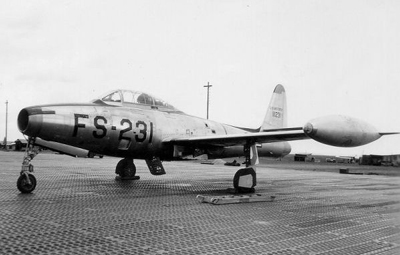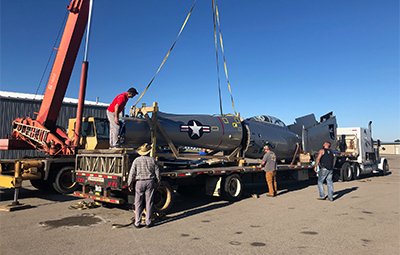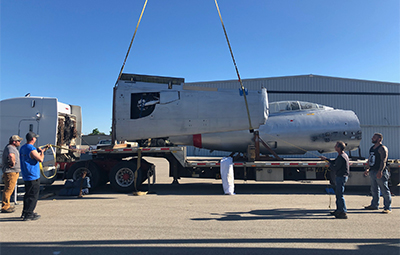F-84G Thunderjet




Republic F-84G Thunderjet
The F-84 served many functions during its service life and went through many iterations. Republic Aviation first came up with the design for a single-engine, straight-wing jet fighter in 1944, as a successor to the Republic P-47 Thunderbolt. Early models had considerable problems and the program was almost cancelled. The initial production version, the P-84B (F-84B), was delivered to the USAAF in 1947, but was soon nicknamed a “Mechanic’s Nightmare” and an updated program began. The F-84C followed but ultimately became unpiloted drones used by the US Navy due to ejection seat issues. It wasn’t until May 1949 that a useful machine was developed.
During the Korean War, F-84Gs were used heavily as day fighters, long-range escort fighters, fighter-bombers, and the USAF’s first operational nuclear strike fighter. Eventually, the Thunderjet evolved into the F-84F Thunderstreak (a swept-wing fighter version) and the RF-84F (a swept-wing reconnaissance version). By 1953, Republic Aviation had manufactured 4,457 Thunderjets. They remained in use until Portugal phased out its F-84Gs in 1976.
The Museum’s F-84G was restored in 2022 and painted in the markings of the United States Air Force Thunderbirds. Officially activated on June 1, 1953, as the 3600th Air Demonstration Team, their first aircraft was the straight-winged F-84G Thunderjet.
Republic F-84G Thunderjet Specifications
- Introduced:
1951 by Republic Aviation for the US Air Force - Armament:
6 .50-cal. machine guns plus 32 5-in HVAR rockets or 2 1,000 lbs bombs. - Engine:
Allison J35-A-29 - Thrust: 5,600 lbs
- Length: 36’1″
- Height: 12’7″
- Wingspan: 36’6′
- Gross Weight: 23,525 lbs
- Range: 2,000 miles
- Service Ceiling: 40,500 ft
- Max Speed: 622 mph


 Opens in new window
Opens in new window  Opens in new window
Opens in new window  Opens in new window
Opens in new window